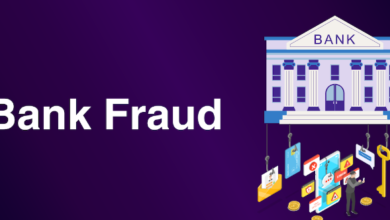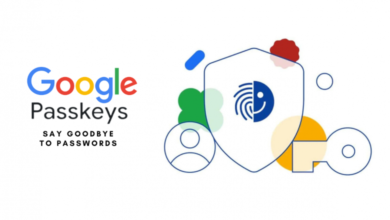
Cybersecurity in Financial Services: Protecting Sensitive Data
In an era where digital transactions are the norm and financial services operate largely online, cybersecurity has become a crucial aspect of the financial industry. The protection of sensitive data is paramount, given the high stakes involved. Financial institutions are prime targets for cybercriminals due to the wealth of personal and financial information they hold. This blog post delves into the significance of cybersecurity in financial services, the challenges faced, and the strategies employed to safeguard sensitive data.
The Importance of Cybersecurity in Financial Services
High Stakes Environment
Financial institutions manage a vast array of sensitive data, including personal identification information (PII), account details, transaction records, and more. Any breach can lead to significant financial loss, reputational damage, and regulatory penalties. Hence, robust cybersecurity measures are non-negotiable.
Regulatory Requirements
Financial services are heavily regulated industries. Regulations such as the General Data Protection Regulation (GDPR), the Payment Card Industry Data Security Standard (PCI DSS), and the Sarbanes-Oxley Act (SOX) impose strict requirements on data protection. Non-compliance can result in severe fines and legal repercussions.
Trust and Reputation
Trust is the cornerstone of financial services. Customers need to be confident that their financial data is secure. A single cybersecurity incident can erode trust and damage the institution’s reputation, leading to customer attrition and loss of market share.
Also Check
Challenges in Financial Services Cybersecurity
Sophisticated Cyber Threats
Cyber threats are becoming increasingly sophisticated. Attackers use advanced techniques such as phishing, ransomware, and zero-day exploits to infiltrate systems. Financial institutions must constantly evolve their defenses to stay ahead of these threats.
Complex IT Infrastructure
Financial services operate on complex IT infrastructures that include legacy systems, cloud services, and third-party integrations. This complexity increases the attack surface and makes it challenging to maintain a unified security posture.
Insider Threats
Insider threats, whether malicious or accidental, pose a significant risk. Employees with access to sensitive data can unintentionally or deliberately cause data breaches. Monitoring and managing internal access is critical.
Rapid Digital Transformation
The financial industry is undergoing rapid digital transformation, with increasing adoption of mobile banking, fintech solutions, and digital payment systems. While these innovations offer convenience, they also introduce new vulnerabilities that need to be addressed.
Strategies for Protecting Sensitive Data
Multi-Layered Security Approach
A multi-layered security approach ensures that multiple defenses are in place to protect sensitive data. This includes firewalls, intrusion detection systems (IDS), encryption, and endpoint protection. Each layer adds an extra level of security, making it harder for attackers to penetrate.
Encryption
Encryption is essential for protecting data at rest and in transit. Strong encryption algorithms ensure that even if data is intercepted, it cannot be read without the decryption key. Financial institutions should use industry-standard encryption protocols to secure sensitive information.
Access Controls and Identity Management
Implementing strict access controls and robust identity management systems is crucial. This includes multi-factor authentication (MFA), role-based access controls (RBAC), and regular access reviews. Ensuring that only authorized personnel have access to sensitive data minimizes the risk of insider threats.
Security Awareness Training
Employees are often the weakest link in cybersecurity. Regular security awareness training can educate staff about the latest threats and best practices for avoiding them. Training programs should cover topics such as phishing, password hygiene, and safe internet usage.
Incident Response Plan
Despite the best defenses, breaches can still occur. Having a comprehensive incident response plan in place ensures that the organization can quickly and effectively respond to security incidents. This includes identifying and containing the breach, eradicating the threat, and recovering affected systems.
Regular Audits and Penetration Testing
Regular security audits and penetration testing help identify vulnerabilities before they can be exploited by attackers. Audits ensure compliance with regulatory requirements, while penetration testing simulates real-world attacks to test the effectiveness of security measures.
Collaboration and Information Sharing
Collaboration with other financial institutions and cybersecurity organizations can enhance threat intelligence. Sharing information about emerging threats and best practices helps the entire industry stay ahead of cybercriminals.
Conclusion
Cybersecurity in financial services is a dynamic and challenging field. As cyber threats continue to evolve, financial institutions must adopt a proactive and multi-layered approach to protect sensitive data. By implementing robust security measures, staying compliant with regulations, and fostering a culture of security awareness, financial services can safeguard their data and maintain the trust of their customers. In this digital age, the security of sensitive data is not just a regulatory requirement but a fundamental aspect of doing business.








